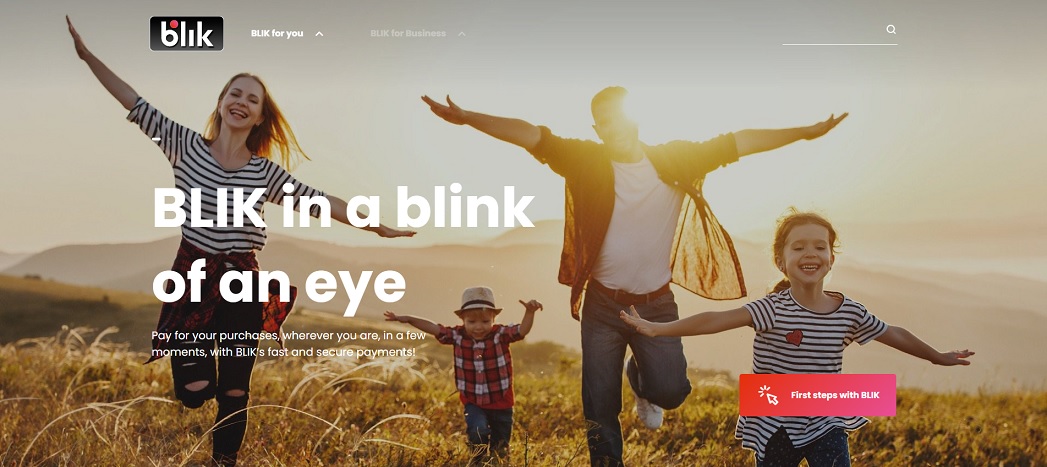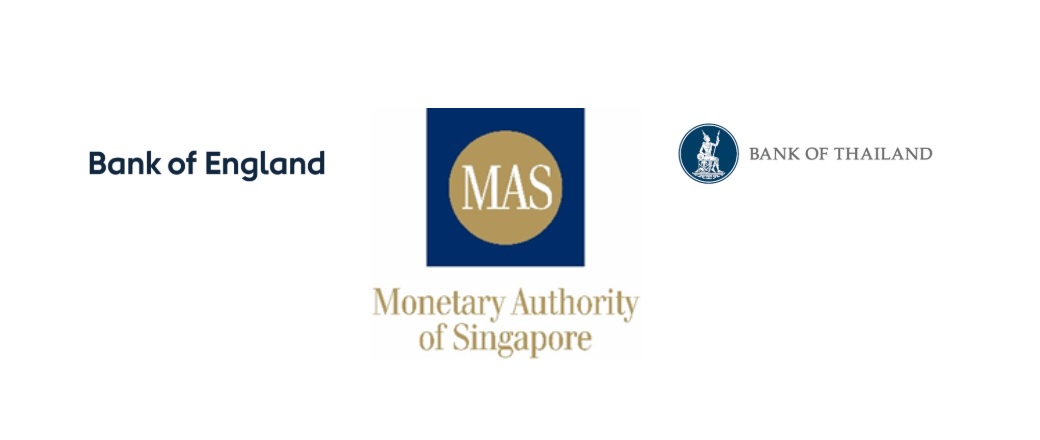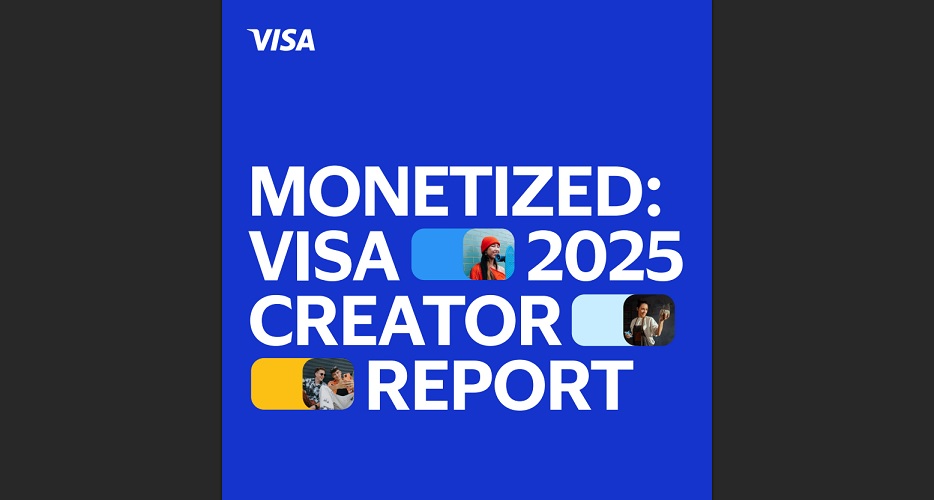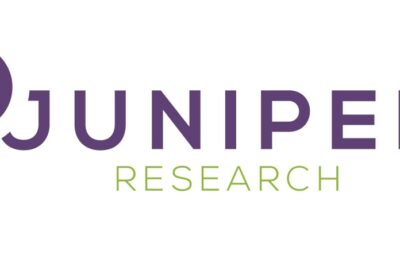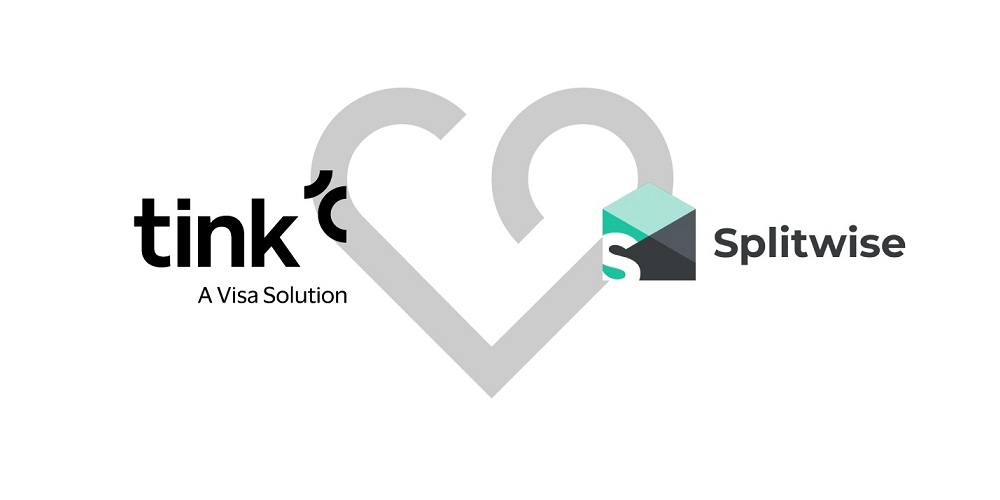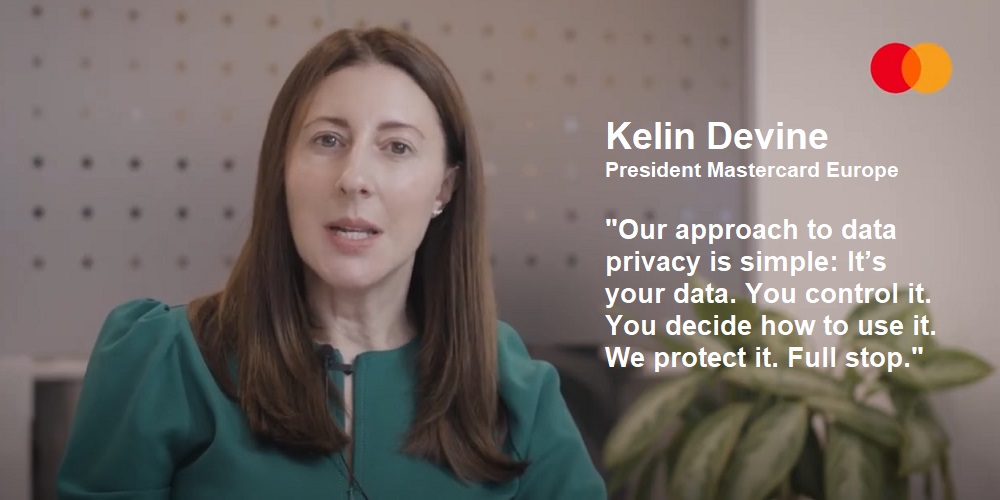Ipsos, global study: 63% say they are prepared to pay more for a better customer experience
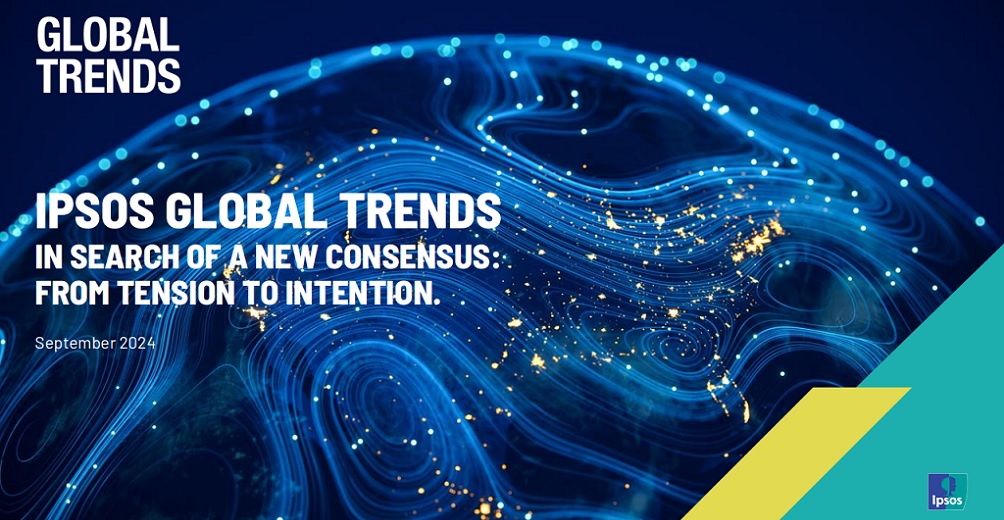
Ipsos launched they regular Global Trends study in 2014, to provide a comprehensive view of how the world feels from a human perspective. Ten years on, the report show what is unchanged and what has shifted in public attitudes and values.
„‘In Search of a New Consensus: from Tension to Intention’, our latest edition, unveils Ipsos’ refreshed framework of nine Global Trends, which we introduce in the next section. These are based on more than 50,000 interviews across 50 markets representing three-quarters of the world’s population and 90% of the
world’s GDP, which separates our report from any other “trend report” you might read. There is no better tool to understand the context of society, markets and people.” – said Ben Page, Global CEO, Ipsos.
In thinking about how humanity is reacting to change, context is king — but is always complex. Local and national culture have huge impacts. More than eight in ten citizens across 50 global markets feel that the world is moving too fast. While this has always been true, it feels even more so in an age of mass data, social data and AI that has never existed before. How (brand) trust is affected in the age of AI?
The power of trust
Trend: In a world flooded with information, misinformation and even disinformation, we crave authentic messages from trusted sources. In this context — and more dramatically so than in 2013 — brands assume greater importance, becoming extensions of our own worldview and values. But greater uncertainty now comes from changes in how and why we choose to trust some organisations and not others.
Tension: As trust becomes more erratic, it also becomes more important. Yet a widespread sense that customer service is worse and more automated than it was threatens the trust companies have already built.
Takeaway: In polarised times, brands must figure out where it’s best to lean into values, and when to simply serve the consumers who just want the benefits of product — while also reconciling these seemingly opposite stances.
New opportunities and threats for brand affinity
This trend arises from the tensions created by the confluence of competing changes: rapid technological
development and shifting attitudes towards global and local products heightens the power of brands, while also eroding the traditional advantages of incumbents.
Regulation comes into play as well as transparency and responsibility are emphasised in the EU, Americas and other markets.
This levelling of the playing field also applies to trust, where a cacophony of voices now receive equal attention; and in customer service, which the public thinks risks being reduced to the lowest common denominator by advances in AI.
The strongest value in this trend is Informed Consumerism, which speaks to the lingering aftereffects of the 2022- 23 global inflation; deal-seeking online remains paramount.
Data in the second value, Brand Worship, reaffirms the importance of brand: 80% are more likely to trust a new product made by a brand they know. But it also shows its limits as barely half (55%) say they are willing to spend extra for a brand with an appealing image. In 37 of 50 markets, more than half agree both that they tend to buy brands that reflect their personal values, and also that they don’t care if a brand is ethically or socially responsible, they just want them to make good products.
Customer Experience emerges as the value which imperils the trust and equity brands have built. More than half agree that their experience as a customer is worse than promised, and three quarters feel customer service is getting too automated and impersonal — but almost two thirds say they’re willing to spend more for a better experience, rising to almost seven in ten among higher income households.
Contradiction and tension exist across this trend, between local and global, online and offline, purpose and value. While this means there is no single solution, it offers a variety of strategies brands can harness to adapt to their unique circumstances.
Ten-year trend: The Power of Trust
The importance of consumers buying brands that align with their personal values has continued to heighten, creating a “bumper sticker” world, where rising numbers of people expect everything they use or interact with to reflect who they are and what they stand for.
Across our 19 core markets we’ve seen agreement with this statement rise from 53% in 2013 to 69% this year. This transformation can be seen across different markets around the world — rising 16 percentage points in Italy, 18 points in Argentina, and 20 points in the US. Even in China, where agreement has been high since 2014, it has risen by eight points.


Brands vs Value
The world is divided when it comes to spending more on a brand with an appealing image — 55% globally agree and 41% globally disagree.
European markets predominate at the foot of the chart: disagreement is strongest in countries like Belgium, Sweden and Italy, alongside Japan. At the other end of the scale are Asian and African markets, led by China where almost eight in ten say they are willing to spend extra for an appealing brand.
Yet most markets lie somewhere in between, suggesting that this mentality will vary between different products, occasions, and even brands.

Dariusz Mazurkiewicz – CEO at BLIK Polish Payment Standard
Banking 4.0 – „how was the experience for you”
„To be honest I think that Sinaia, your conference, is much better then Davos.”
Many more interesting quotes in the video below:

